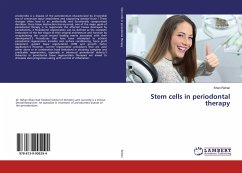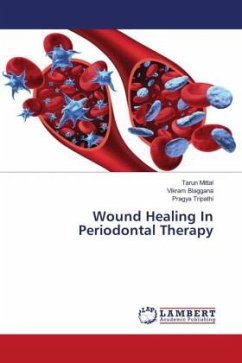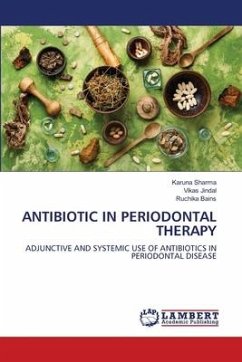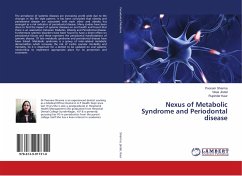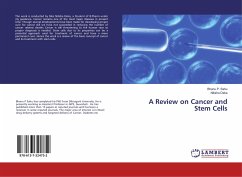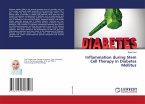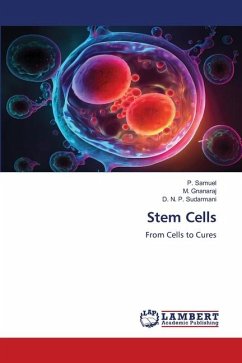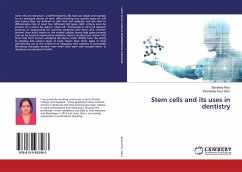eriodontitis is a disease of the periodontium characterized by irreversible loss of connective tissue attachment and supporting alveolar bone.1 These changes often lead to an aesthetically and functionally compromised dentition. Once tissue destruction has occurred, one of the major goals of periodontal therapy is to regenerate the affected tissues destroyed by periodontitis. 2 Periodontal regeneration can be defined as the complete restoration of the lost tissues to their original architecture and function by recapitulating the crucial wound healing events associated with their development.3 Procedures that have been attempted to achieve periodontal regeneration includes root surface conditioning, bone graft placement, guided tissue regeneration (GTR) and growth factor application.4 However, current regenerative procedures that are used either alone or in combination have limitations in attaining complete and predicable regeneration, especially in advanced periodontal defects.5 Advances in periodontal tissue regeneration therapies are aimed to stimulate stem progenitors along with control of inflamation.
Bitte wählen Sie Ihr Anliegen aus.
Rechnungen
Retourenschein anfordern
Bestellstatus
Storno

